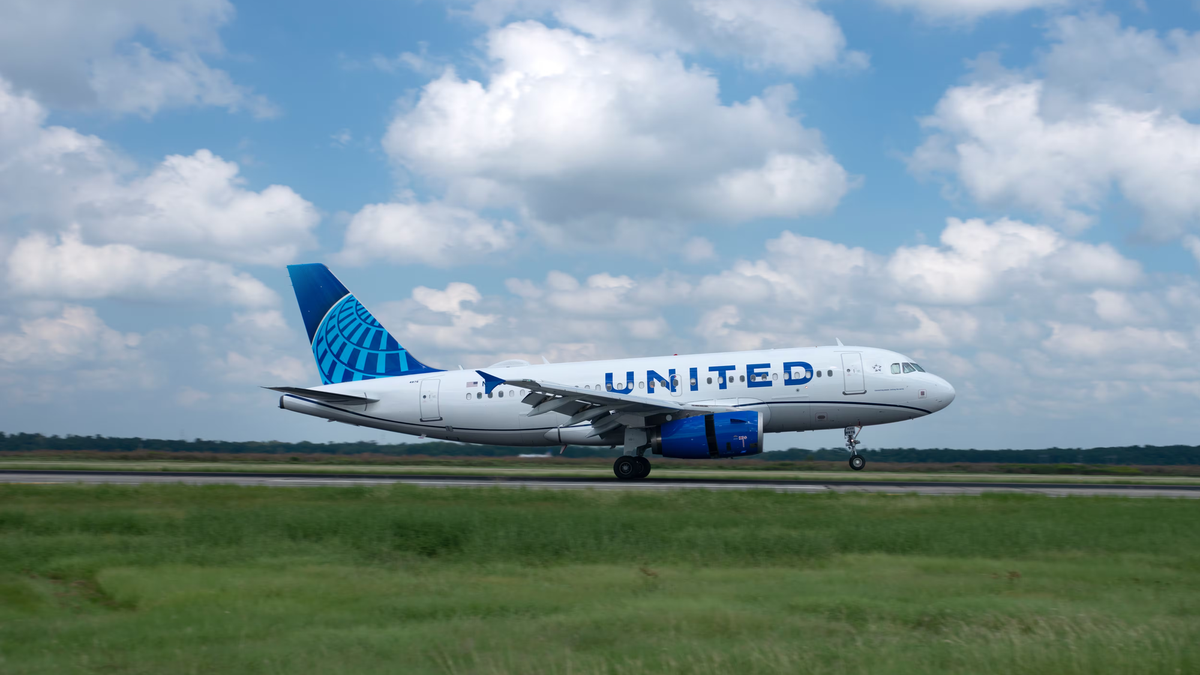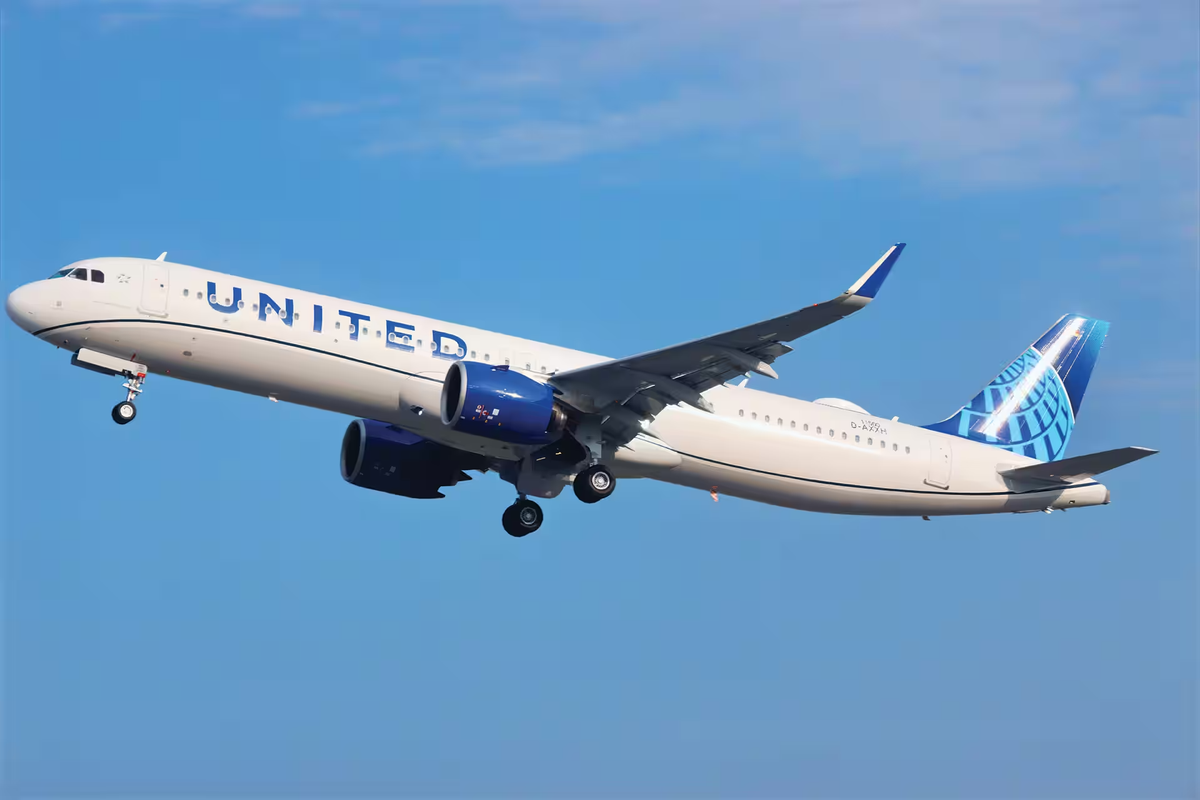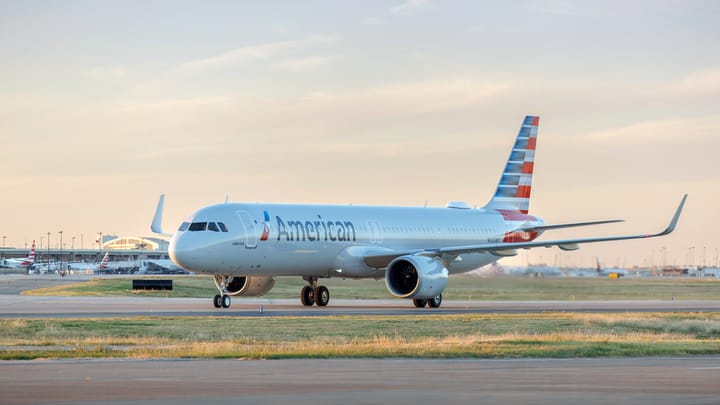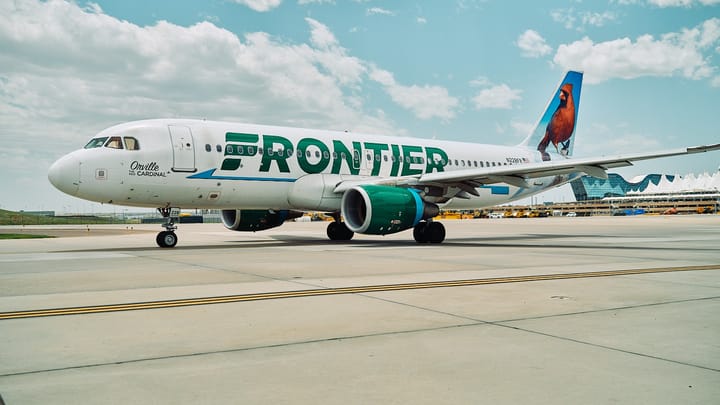United Airlines plans to retire its A319 and A320s by 2030
Currently, United Airlines has more than 150 Airbus A319ceo and A320ceo aircraft in its fleet.

United Airlines has detailed that its “lower margin” Airbus A319ceo and A320ceo aircraft are going to be retired by 2030, replaced by higher capacity aircraft such as A321neos.
During the airline’s Q3 2025 earnings call on October 16, 2025, a day after it published its quarterly financial results, Andrew Nocella, the Chief Commercial Officer (CCO) of United Airlines, said that the carrier’s domestic gauge will accelerate once again in 2027, as its A321neo fleet, with the aircraft welcoming up to 200 passengers, will reach “critical mass.”
Nocella added that the change from the previous-generation A320 family aircraft to the A321neo will also improve the passenger experience and create cost convergence with other aircraft.
“This gauge increase is a proven formula for margin growth and accelerates it as we retire smaller, lower-margin A319 and A320 aircraft from our fleet by 2030.”
The CCO noted that the airline’s hubs can support the transition to higher-gauge aircraft, allowing the airline to accept more basic economy customers at a profit.
According to United Airlines’ seat maps, its A321neos have 20 United First (domestic first class), 57 Economy Plus (premium economy), and 123 economy class seats, resulting in a premium cabin share of 38.5%.
The airline’s A319ceo and A320ceos have a similar number of premium seats: 12 United First on both, and 36 (A319) and 42 (A320) Economy Plus. The two aircraft have 78 and 96 economy class seats, respectively, with a share of premium seats of 38% (A319) and 36% (A320).
Planespotters.net records showed that currently, the carrier has 80 A319, 71 A320, and 49 A321neo aircraft in its fleet. United Airlines’ fleet update to its investors indicated that as of Q3, it had 153 A319 and A320s, scheduled to be reduced to 140 by the end of the year.
By the end of 2025, United Airlines should have 59 A321neos.
In comparison, its year-end plan for 2019 was to end the year with 180 A319 and A320 aircraft, ten more than at the end of Q1 2019. The company’s executives previously confirmed that its first A321XLR should arrive sometime in 2026 during the Q2 2025 earnings call.
Mike Leskinen, the Chief Financial Officer (CFO) of United Airlines, sprinkled in that its gauge growth should provide the airline with about one point of annual cost per available seat mile (CASM) excluding fuel (CASM-ex) tailwind through the end of the decade.
Nocella also pointed out that throughout United Airlines’ history, international network margins have led the way at the airline. While that should continue, the gap should shrink based on its hubs’ plans, which include upgauging its operations, since the airline is still “undergauged.”
“That gauge is going to change our cost convergence calculation even further, allowing us to capture more share at the high end and more share at the low end all profitably. But we still have roughly one to two more years to go.”
Margin growth will be key if the airline wants to achieve its goal of double-digit pre-tax margins. In Q3, its non-adjusted pre-tax margin was 8.2% (adjusted: 8%), still quite a way to go to at least 10%. United Airlines ended the quarter with a net income of $949 million, as revenues improved by 2.6% year-on-year (YoY) to $15.2 billion.

However, its yields were down across the board, except in the consolidated Africa, Middle East, and India region. During the earnings call, Nocella admitted that United Airlines did temporarily use “lower prices across all products to regain share” after being affected by operational disruptions at Newark Liberty International Airport (EWR), which affected its revenues throughout the quarter.
“[EWR] did rebound first with lower-yield local leisure passengers and then with higher-yield” customers, which, while the bookings’ impact has largely dissipated, did result in a small deficit of Q3 bookings going into Q4, Nocella concluded.





Comments ()